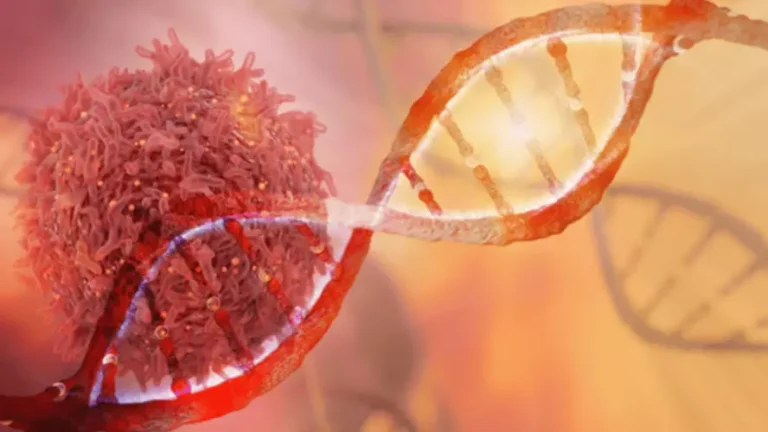
Alcohol use disorder is a chronic brain disease in which a person loses the ability to stop or control alcohol use despite negative consequences. With chronic alcohol misuse, changes occur in the brain that worsen the AUD and the likelihood of relapse. In an alcohol use disorder (AUD, commonly called alcoholism), excessive alcohol use causes symptoms affecting the body, thoughts and behavior. A hallmark of the disorder is that the person continues to drink despite the problems that alcohol causes.
- Once you’re well enough to leave, you’ll need to continue to receive treatment on an outpatient basis.
- However, they will likely be unsteady on their feet and struggle to balance even when they have no alcohol in their system, as repeated alcohol use can affect the part of the brain that controls balance and coordination.
- Symptoms of dependence include becoming tolerant to some of alcohol’s effects and experiencing withdrawal symptoms when alcohol is not consumed.
What’s Meant By Alcoholism (Alcohol Use/Abuse Disorder)?
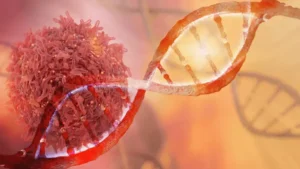
If you’re concerned about someone who drinks too much, ask a professional experienced in alcohol treatment for advice on how to approach that person. Well-designed human studies addressing alprazolam’s reinforcing effects and the discontinuation syndrome are needed, and must consider important issues such as selection of appropriate comparison drug, dose, formulation, and population. There are also encouraging case reports and case series with the use of other antiseizure medications to help alleviate symptoms of benzodiazepine withdrawal.
- Not only does AUD affect the health of the person with the disease, but it also impacts the lives of those around them.
- Read on to learn more about the symptoms, risk factors, treatments, diagnosis, and where to get support.
- In this disorder, people can’t stop drinking, even when drinking affects their health, puts their safety at risk and damages their personal relationships.
- See your doctor if you begin to engage in behaviors that are signs of alcohol use disorder or if you think that you may have a problem with alcohol.
Start Your Recovery Journey Today
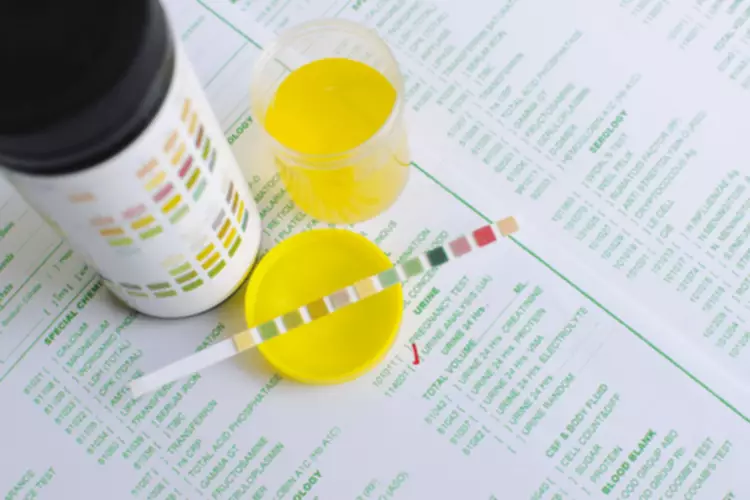
That said, regular heavy drinking is an important warning sign for alcohol addiction, according to addiction experts at the National Institute of Alcohol Abuse and Alcoholism. Heavy drinking in conjunction with other behaviors can also signal a problem. In order to be diagnosed with AUD, a person must experience any two of these symptoms within the same 12-month period. Other early signs of alcoholism include blackout drinking or a drastic change in demeanor while drinking, such as consistently becoming angry or violent. As harmful and debilitating as AUD can be for both the person with the disease and their loved ones, there are many approaches that you can take to manage the condition. Everyone’s road to recovery differs; treatments can occur in an inpatient or outpatient medical settings, individual or group sessions with therapists, or other specialty programs.
- Additionally, strained relationships, legal issues, and deterioration in overall health are common in this stage.
- Studies show most people with this condition recover, meaning they reduce how much they drink, or stop drinking altogether.
- Treatment can be outpatient and/or inpatient and be provided by specialty programs, therapists, and health care providers.
- Call our hotline at today to speak with an admissions navigator about treatment options for your loved one in order to help with their drinking problem.
- Two clinical studies of participants with benzodiazepine dependence revealed a significant preference for alprazolam over diazepam in equipotent doses (Schmauss et al., 1988, 1989).
- One size does not fit all and a treatment approach that may work for one person may not work for another.
Self-testing: Do I misuse alcohol?
Chronic alcohol abuse can impair the body’s ability to fight off pathogens, leaving individuals more prone to illnesses such as pneumonia, tuberculosis, and various types of infections. This weakened immune system can also slow down the healing process, leading to prolonged recovery times for injuries and wounds. One of the key aspects of alcoholism is the inability to control or stop drinking despite negative consequences.
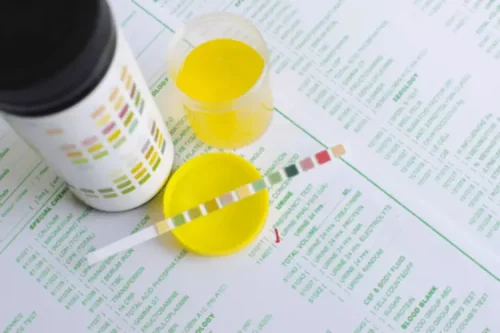
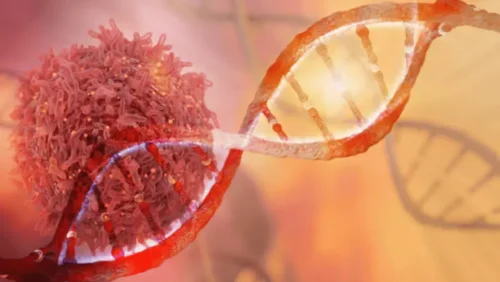
Therefore, primary care physicians often make a point of use time during a visit to provide education about drinking and its dangers. The limits are different for women and men because of known differences in how alcohol is absorbed, distributed and eliminated from the body. Thus, the risk goes up for men who drink more than four standard drinks in a day (or more than 14 in a week); for women, there is a lower limit of three drinks in a day (and seven drinks in a week). Behavioral treatments—also known as alcohol counseling, or talk therapy, and provided by licensed therapists—are aimed at changing drinking behavior.
- The test is free, confidential, and no personal information is needed to receive the result.
- Excessive alcohol consumption can result in dry skin along with brittle hair and nails due to the dehydrating effects of this substance.
- Additionally, individuals may display a loss of interest in activities they previously enjoyed.
- Medications, behavioral therapies, and social support groups are among the strategies to combat this disorder.
My Loved One Needs Help
Unhealthy alcohol use includes any alcohol use that puts your health or safety at risk or causes other alcohol-related problems. It also includes binge drinking — a pattern of drinking where a male has five or more drinks within two hours or a female has at least four drinks within two hours. Alprazolam is a high-potency triazolobenzodiazepine that is US Food and Drug Administration (FDA)-approved for the treatment of anxiety and panic disorders. Alprazolam is biotransformed by hepatic microsomal oxidation, yielding 4 and α-hydroxyalprazolam as its principal metabolites, and is metabolized by cytochrome P450 (CYP) 3A4 (Greenblatt and Wright, 1993). You can prevent alcohol use disorder by limiting your alcohol intake. According to the National Institute on Alcohol Abuse and Alcoholism, women shouldn’t drink more than one drink per day, and men shouldn’t drink more than two drinks per day.
Some Physical Signs and Symptoms of Alcohol Addiction
One of the most well-known health complications of alcoholism is liver damage. Prolonged alcohol abuse can lead to inflammation and scarring of the liver, ultimately resulting in conditions such as alcoholic hepatitis, fibrosis, and cirrhosis. These conditions can have severe consequences, including liver failure and an increased risk of liver cancer. Alcoholism, also known as alcohol addiction or alcohol use disorder, is a chronic disease characterized by an inability to control or stop drinking despite negative consequences.

The liver is extremely affected by alcohol use, and over time fat can build up in this vital organ causing inflammation and potentially liver failure. Blacking out from drinking too much is a warning sign of this stage, along with lying about drinking, drinking excessively, and thinking obsessively about drinking. Between 3 and 43 percent of alcoholics suffer from thrombocytopenia, a low level of platelets in the blood. Low platelet counts affect the body’s ability to make clots physical signs of alcoholism to stop bleeding.